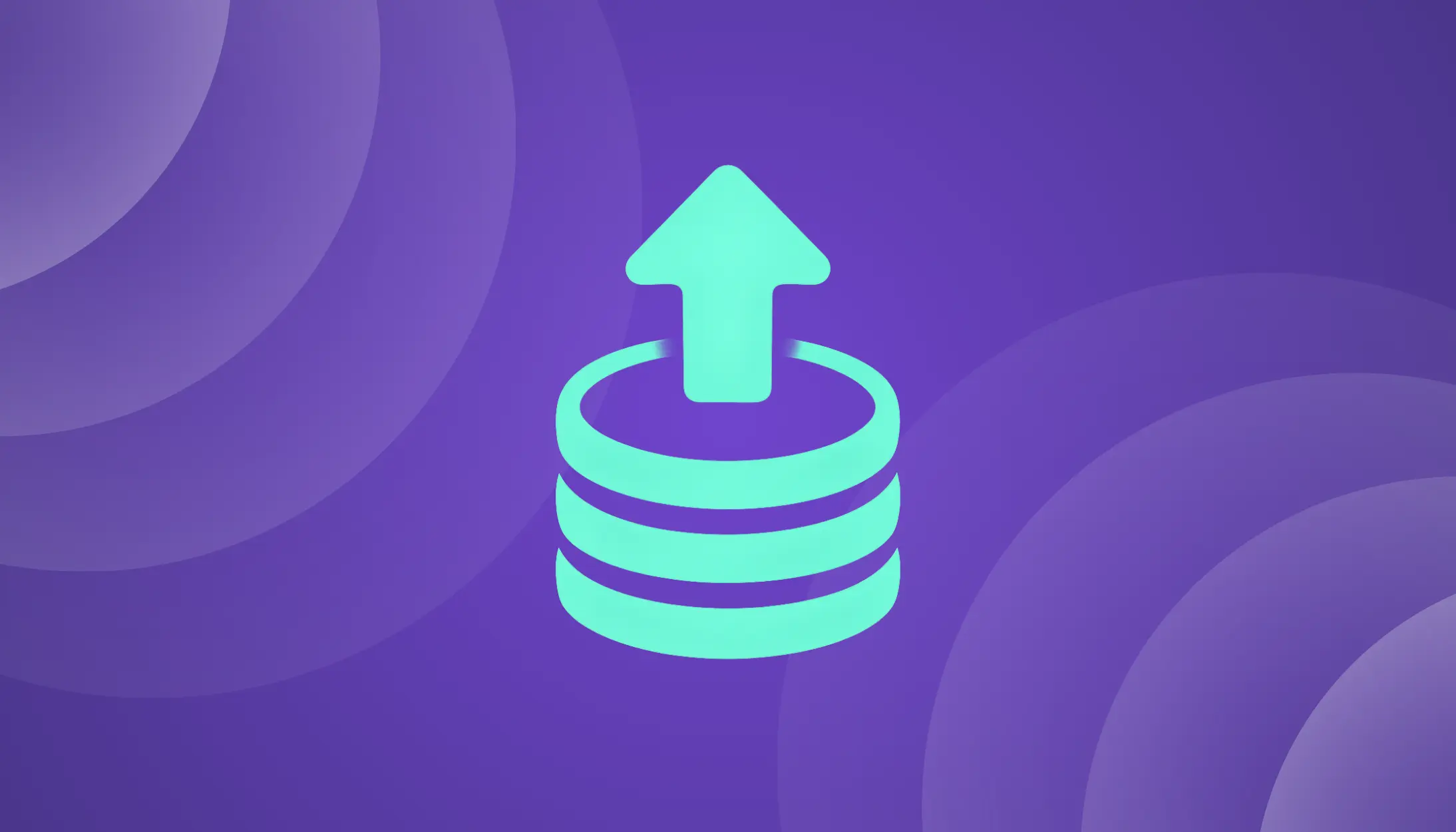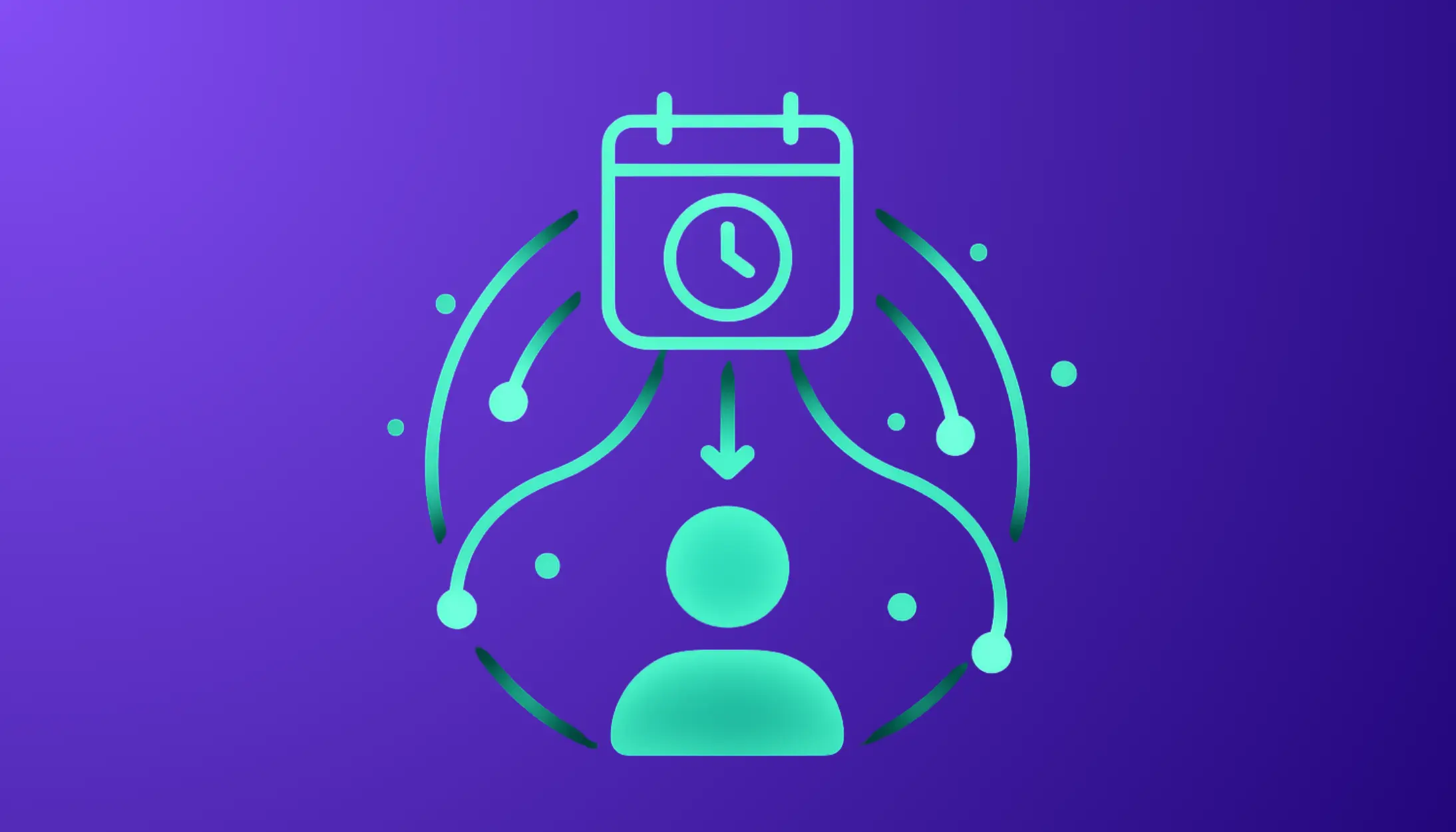How to measure the impact of upsell experiments

Most marketers default to click-through rates or open rates when evaluating upsell campaigns. These metrics signal engagement, but they don’t prove value.
The companies that treat upsell experiments as part of a lifecycle system, see compounding gains that make retention a competitive advantage.
In consumer subscription businesses, the real proof comes from retention, revenue uplift, and deeper engagement. This article shows how to tie every upsell test to business outcomes you can act on.
Start with the right experiment design
Upsell experiments need structure to deliver clarity. Teams should always run a treatment group against a control group and decide beforehand which outcome defines success, whether it’s conversion lift, churn reduction, or incremental revenue. Teams can run experiments with confidence tracking, sample sizing, and retention curves built in, ensuring that every result can be trusted and rolled out with minimal risk.
Tie experiments to conversion lift
Upsells often start during onboarding or early usage, and the most important measure is whether more trial users convert to paid within the trial window.
For instance, onboarding prompts that spotlight premium features can drive both engagement and higher upgrades. Likewise, targeted nudges to at-risk trial users can re-engage them and increase conversion rates. These experiments help reveal which sequences shorten time-to-value and which accelerate trial-to-paid conversions.
Measure retention over time
Upsell gains are only meaningful if customers stay. Tracking churn rates for exposed users (those who received the upsell) versus holdouts (those who didn’t receive the intervention) across several cycles reveals whether upsold subscribers continue to see value.
For example, downgrade paths that offer flexible pricing can result in retention uplift. Another example would be targeting premium-plan subscribers with fresh content to increase pageviews and lower churn rate. Through a right upsell or a downgrade path, teams can sustain a long-term relationship with their subscribers.
Quantify recovered and protected revenue
Upsell strategies are as much about preservation as they are about growth. Smart save campaigns and downgrade offers can stop cancellations before they happen. Teams can directly tie these outcomes to MRR impact and show exactly how much churned revenue was recovered or protected. When teams roll these results up by campaign and audience, finance leaders see clear proof that lifecycle marketing is a revenue engine, not just a communication tool.
Evaluate engagement depth
Engagement is the earliest signal of lasting retention. After upsell experiments, look at metrics like session length, visit frequency, and content variety to see whether subscribers are finding more value.
For instance, reducing ads for disengaged users or serving personalized recommendations can expand visit breadth and unique sessions. These shifts suggest the upsell is driving deeper engagement and reinforcing real subscriber value.
Model lifetime value growth
The ultimate measure of upsell performance is lifetime value. Increased retention, stronger engagement, and higher ARPU compound over time.
Tracking LTV growth by comparing exposed cohorts to historical baselines ensures forecasts reflect real, observed gains. By turning campaign outcomes into forward-looking models, commercial teams can connect lifecycle experimentation directly to long-term financial strategy.
Build automation around winners
When an upsell variant performs, it becomes the default for that lifecycle stage. Opting for retention automation platforms enables teams to promote winning experiments into live journeys, so every new subscriber automatically benefits from what works. Guardrails like frequency caps, exit conditions, and suppression rules keep the automation compliant while ensuring performance doesn’t drift.
Closing thoughts
Upsell campaigns are not just about getting more clicks or opens. They are about proving measurable impact on retention, revenue, engagement, and lifetime value. With structured experimentation, consistent measurement, and automated scaling, upsells become predictable drivers of growth.
Subsets customers have shown how disciplined testing, whether saving downgrades, accelerating trials, or deepening engagement, translates into measurable results.
Ready for the same level of impact for your subscribers? Book a demo with our team today.


.svg)

.svg)
.webp)

.webp)